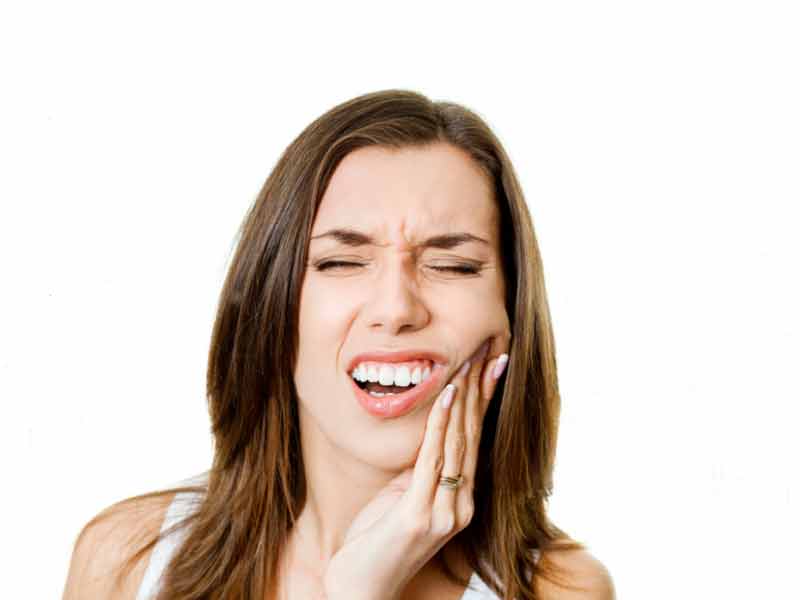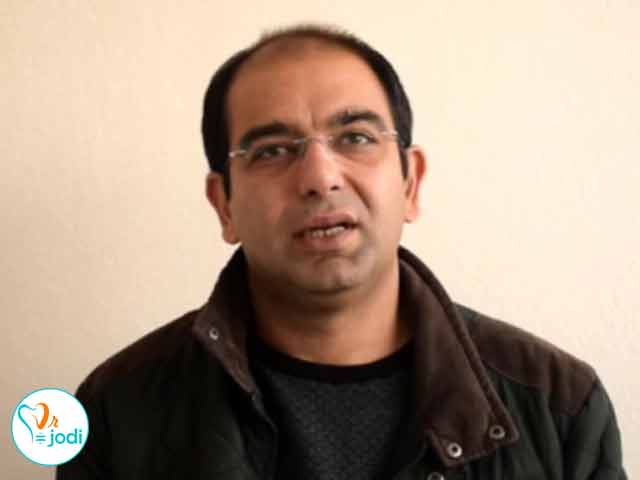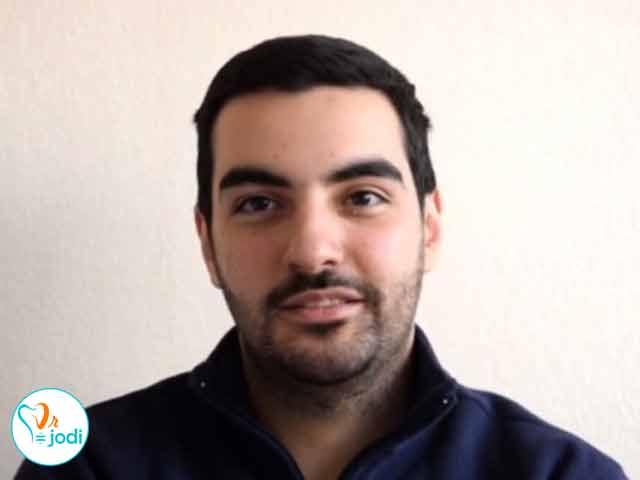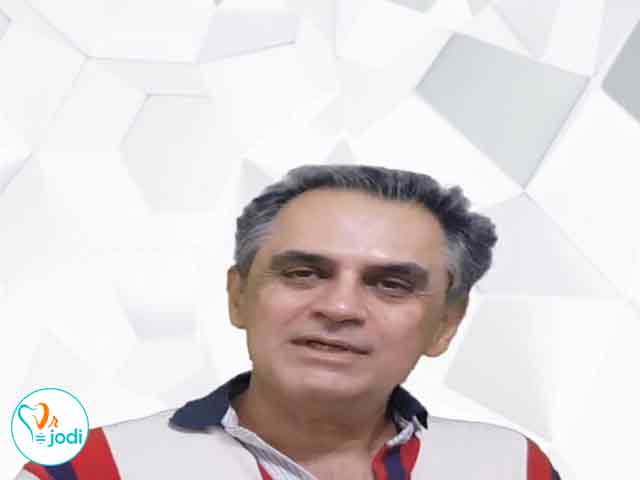Scientific Principles for the Design of Dental Implants in Relation to Types of Force and Its Application to the Patient (Part II)


Scientific Principles for the Design of Dental Implants in Relation to Types of Force and Its Application to the Patient (Part II)
The body of the cylindrical tooth implant concentrates the shear force on the surface of the implant-readable contrast. The scan also connects to the cylindrical implant during the initial repair. To tolerate these forces by implants, the implant body should be replaced by a microscopic grip, such as Roughenig or coating coatings such as titanium spray plasma, acidic, mechanical hydrochloric acid or hydroxyacetamide HA, so that the implant can withstand the initial forces. .

From this we conclude that the level of implant-bone interaction during initial healing or repair depends on the shear force applied to the joint between the surface of the implant and the bone, and also the quality of coating, such as the use of HA in this highly influential state Is .
If HA (hydroxyapatite) does not have the required quality and durability, for example, when inserting an implant in the surgical phase, the infection of the mechanical peri implantatys or the remodeling of the bone underneath the function over the years to be eliminated or changed , The surface of the remaining smooth cylindrical surface implies a proper transfer of forces to the surrounding tissue.
The cylindrical implants of the surface coating type do not allow the transfer of compressive force to bone cells due to the small microscopic feature, but instead the implant surface will bump more during initial repair, but the functional contact surface (function) that transfers the forces to the surrounding bone It is very dependent on the macroscopic design of the implant body.
Here is an example of how the difference between cylindrical and tangled implants is detected during 18 months of massive (chewable) forces.
In the implantation of the implant bone or the BIC, these two types of implants were significantly different in the case of biconvex implants in both the maxillary and lower jaw.
In addition, Trabeckelar bone patterns were chaotic around the cylindrical implants, but in tight implants, the bone around it was regularly perpendicular to the implant screw. For these reasons, these two differences made the tartar implants more prevalent.
In addition, another study found that there is a greater marginal bone analysis around cylindrical implants. In this study, cylindrical surface roughnesses and treadmill implants were found to have a mechanical surface. In this study, it was found that the impact of the implant body design on the analysis Bone corsets and BICs are far more important than their surface features.

People who viewed this page also visited:
What are the dental implant treatment stages?
Implant Professional Center in Tehran
The best implant expert in Tehran
The best implant center in Tehran
What is immediate loading of dental implants?
Implant problems and implications
Force direction and its relationship with the implant body design
Unsuitable cases for dental implant
The geometry of the implant and its relationship with occlusal forces
The relationship of the implant body and functional surface














